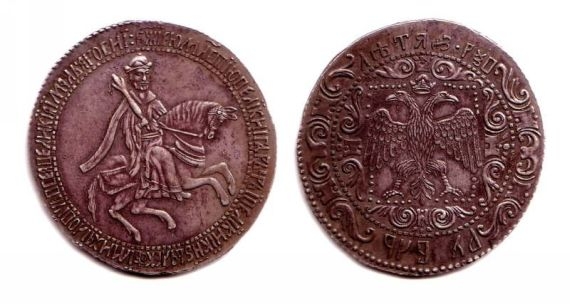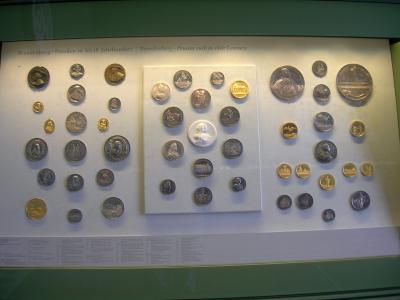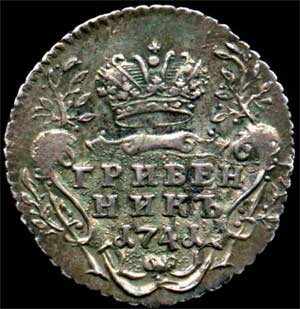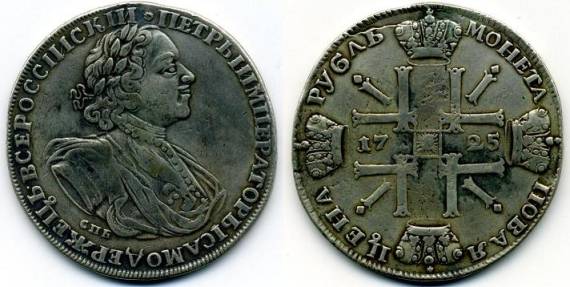Coins of Queen Victoria and the dynasty of her court medalists
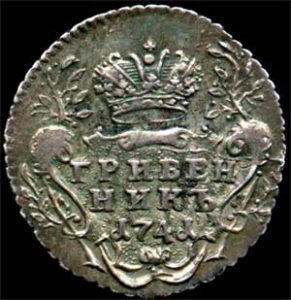 On January 2, 1901, at the turn of the two greatest in the history of mankind, the heart of a little old woman, Queen Victoria, stopped beating. Ended the longest in the history of England rule, rightly called the Victorian Age. Under the domination of a woman who was tiredly lying on her deathbed, there were pommollektsionerov – Victoria also means a whole era. A rare numismatist was not fascinated by a huge variety of British coins, the lion’s share of which is marked by the royal profile of the “Queen of Wicca”.
On January 2, 1901, at the turn of the two greatest in the history of mankind, the heart of a little old woman, Queen Victoria, stopped beating. Ended the longest in the history of England rule, rightly called the Victorian Age. Under the domination of a woman who was tiredly lying on her deathbed, there were pommollektsionerov – Victoria also means a whole era. A rare numismatist was not fascinated by a huge variety of British coins, the lion’s share of which is marked by the royal profile of the “Queen of Wicca”.
Victoria is not the first British Queen, a portrait, which appeared on the coins of this island nation. After Mary Tudor (1553-1558), who ruled after her infant brother Edward VI for almost 5 years and received the nickname “Bloody” among the people, the throne of England was occupied for 45 years (and not worse for the country) by her sister Elizabeth I (1558 – 1603) – “Queen-Virgin”. At the end of the XVII century (1689-1694), five years together with her husband, the Stadgalter of the Netherlands, William of Orange (future William III), reigned Mary II, and at the beginning of XVIII – 12 years Queen Anne (1702-1714) – the last of the Stuarts dynasty.
After Anna, women’s portraits seemed to disappear forever from English coins. This went on for more than a century. But in 1837, the third son of the king from the Hanover dynasty of George III, Wilhelm IV, had no children, and he was inherited by her young niece Victoria, who had reached the age of majority a month before.
On the first coins of Victoria’s rule, we see a portrait of an 18-year-old girl from the work of the royal medalist William Wyon, who cut stamps for coins of William IV. The medalist made a sculptural portrait of the young queen, which became a classic, for a medal in honor of Victoria’s coronation in 1837. Traditionally for British coins, regular chasing with a portrait of a new monarch began in the next, in 1838 (although some trial coins, dated 1837, are known). This year saw the light of poe0? Great Britain has vast territories all over the world – India, Australia, Canada, African colonies, Asian colonies, colonies in South America and the Pacific … Indeed, the sun never set over the Great Empire. With the heirs of the queen, for the first time in the history of Britain who had placed the imperial crown on herself, the British Empire would expand, but would never reach its former greatness and, eventually, after a series of reforms, would shrink to the size of the metropolitan island – part of the British Commonwealth. Already the great-grandson of the queen, George VI, will not hold the crown of India on his head and the British monarchs will lose the title of emperors, and the great-great-granddaughter will become only a symbol of the state, having practically no real power …
But let’s leave maxims to historians and political scientists. For us – to the% 7 complete series of coins: copper – farthing (1/4 penny), 1/2 penny and penny, silver – 3 pence, 4 pence (groat), 6 pence and shilling, and also gold – 1/2 sovereign and sovereign. Naturally, they also updated the portrait on the traditional Easter series of silver coins (1, 2, 3 and 4 pence) – “Maundy Money”. The work on large silver coins – the semi-crown and the crown, which appeared only in 1839, was dragged out. In the same 1839, coins with the new portrait began to be minted for the colonies: the Isle of Man (farthing, 1/2 and 1 penny), Ceylon (1/4, 1/2 farthing and 1? Pence), in 1840 – for the East India Companies (British India), 1841 – Gibraltar, 1845 (slightly modified portrait in a tiara) – Malaya (Straits Settlements) …
In general, the rule of Victoria is inseparable from the history of the dynasty of Vayon medalists.
William Vayon, the son of the medalist Thomas Vayona, began working under King George III in 1816 and worked until 1851. During this period, a number of wonderful works came out of his hands: the crown of 1817, the reverse of copper coins from the sitting Britain of the 1820s, the “lion” 6 pence and the shilling of George IV, as well as Una and Leo on the back of the famous 5 pounds of 1839. All of them, of course, are completely different in degree of study, but they help to understand why Vayon’s contemporaries, who elected him to the Royal Academy, always had deep respect for the master, and modern coin collectors remember him with such affection. His reputation is firmly tied to the portraits of Queen Victoria of his work on coins.
Working for the future Queen Vayon began early: having created a portrait of a thirteen-year-old princess as early as 1831, he cut out her portrait for a medal in honor of her eighteenth birthday. Who could know that this portrait is destined for a long life and a month later, the medalist will have to work on a coronation medal with a slightly modified portrait, and then on coins that went into circulation in the summer of 1838.
In 1847, the medalist created Victoria’s crowned bust in an elaborate Gothic style, approved for this year’s “representative” crown minted in “Proof” and, later, for “Gothic” florin of 1849. However, the portrait for stamping in 1838 undoubtedly deserves the first prize.
